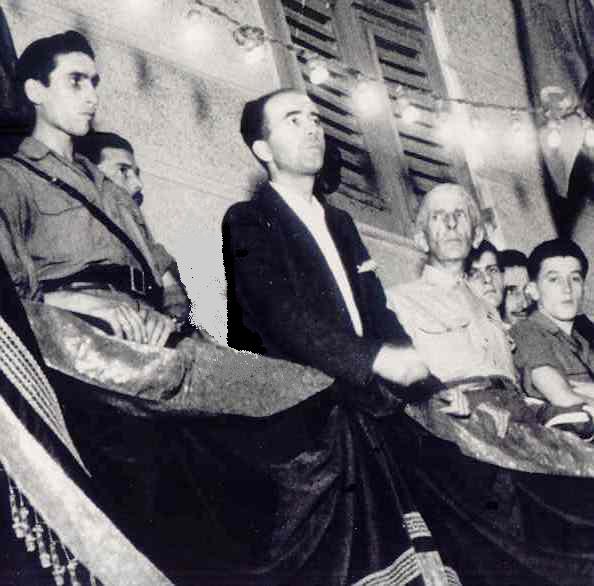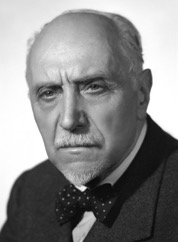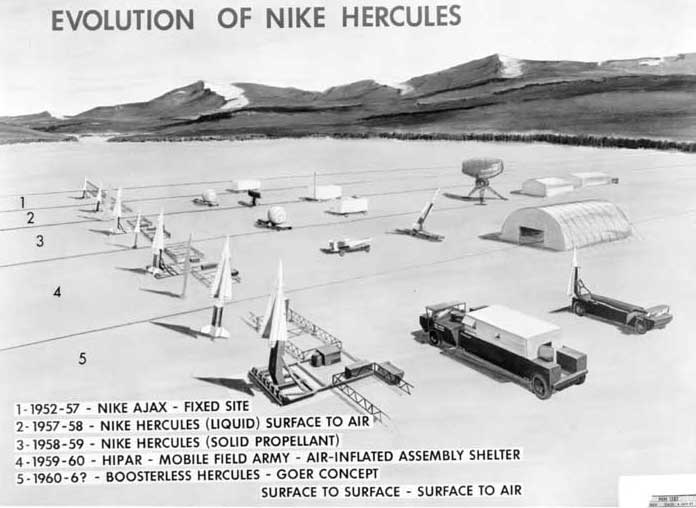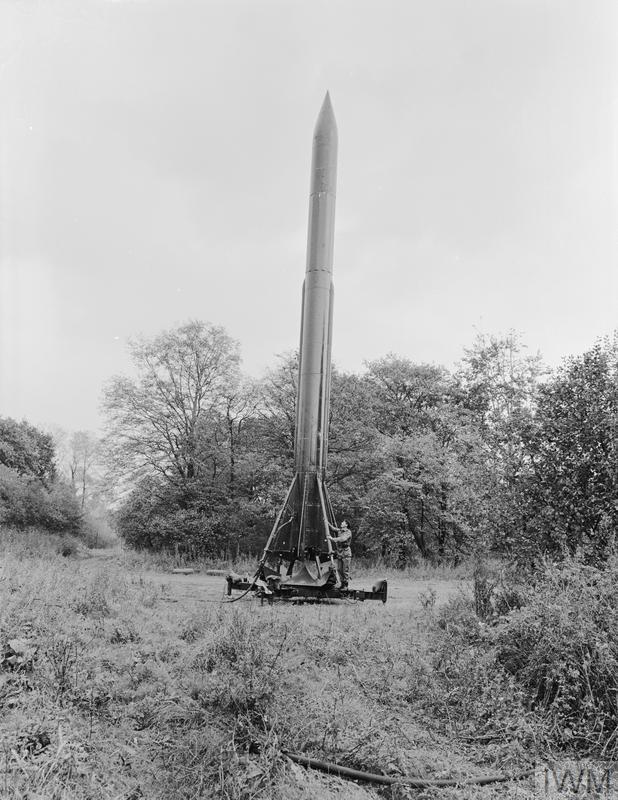|
Italian Nuclear Weapons Program
The Italian nuclear weapons program was an effort by Italy to develop nuclear weapons in the late 1960s and early 1970s. Italian scientists like Enrico Fermi and Edoardo Amaldi had been at the forefront of the development of the technology behind nuclear weapons, but the country was banned from developing the technology at the end of the Second World War. After abortive proposals to establish a multilateral program with NATO Allies in the 1950s and 1960s, Italy launched a national nuclear weapons program. The country converted the light cruiser and developed and tested a ballistic missile called Alfa. The program ended in 1975 upon Italy's accession to the Non-Proliferation Treaty. Currently, Italy does not produce or possess nuclear weapons but takes part in the NATO nuclear sharing program, hosting B61 nuclear bombs at the Aviano and Ghedi Air Bases. Background Italian physicists, like the Via Panisperna boys led by Enrico Fermi, had been at the forefront of the developmen ... [...More Info...] [...Related Items...] OR: [Wikipedia] [Google] [Baidu] |
Italy
Italy ( it, Italia ), officially the Italian Republic, ) or the Republic of Italy, is a country in Southern Europe. It is located in the middle of the Mediterranean Sea, and its territory largely coincides with the homonymous geographical region. Italy is also considered part of Western Europe, and shares land borders with France, Switzerland, Austria, Slovenia and the enclaved microstates of Vatican City and San Marino. It has a territorial exclave in Switzerland, Campione. Italy covers an area of , with a population of over 60 million. It is the third-most populous member state of the European Union, the sixth-most populous country in Europe, and the tenth-largest country in the continent by land area. Italy's capital and largest city is Rome. Italy was the native place of many civilizations such as the Italic peoples and the Etruscans, while due to its central geographic location in Southern Europe and the Mediterranean, the country has also historically been home ... [...More Info...] [...Related Items...] OR: [Wikipedia] [Google] [Baidu] |
Italian Armed Forces
The Italian Armed Forces ( it, Forze armate italiane, ) encompass the Italian Army, the Italian Navy and the Italian Air Force. A fourth branch of the armed forces, known as the Carabinieri, take on the role as the nation's military police and are also involved in missions and operations abroad as a combat force. Despite not being a branch of the armed forces, the Guardia di Finanza has military status and is organized along military lines. These five forces comprise a total of 340,885 men and women with the official status of active military personnel, of which 167,057 are in the Army, Navy and Air Force. The President of the Italian Republic heads the armed forces as the President of the High Council of Defence established by article 87 of the Constitution of Italy. According to article 78, the Parliament has the authority to declare a state of war and vest the powers to lead the war in the Government. Organization The office of the Chief of Defence is organised as follows: ... [...More Info...] [...Related Items...] OR: [Wikipedia] [Google] [Baidu] |
Switzerland And Weapons Of Mass Destruction
Switzerland made detailed plans to acquire and test nuclear weapons during the Cold War. Less than two weeks after the nuclear bombings of Hiroshima and Nagasaki, the Swiss government started studying the possibility of building nuclear weapons, and continued its military nuclear program for 43 years until 1988. It has since signed and ratified the Treaty on the Non-Proliferation of Nuclear Weapons. Switzerland never possessed biological weapons, but did have a program of the Swiss Army high command to develop and test chemical weapons. Military nuclear program On 15 August 1945, Hans Frick, a colonel in the Swiss military, sent a letter to Federal Councillor Karl Kobelt requesting that Switzerland study the possibility of acquiring nuclear weapons in order to defend itself. The Federal Council authorized the creation of a commission to do such in November 1945. Efforts "were well under way" in 1945. On 8 June 1946, the Study Commission for Nuclear Energy ( – SKA) was crea ... [...More Info...] [...Related Items...] OR: [Wikipedia] [Google] [Baidu] |
Paolo Emilio Taviani
Paolo Emilio Taviani (6 November 1912 – 18 June 2001) was an Italian political leader, economist, and historian of the career of Christopher Columbus. He was a partisan leader in Liguria, a Gold Medal of the Resistance, then a member of the Consulta (National Assembly gathered to direct the transformation of the monarchy into a Republic) and the Constituent Council, later of the Italian Parliament from 1948 until his death. Several times minister in the Republic’s governments. He was author of studies on economics and important works on Christopher Columbus, University professor and journalist. Giorgio Napolitano, the then-President of the Republic of Italy, described him as such: "Eminent political and government figure who for decades continued to bear witness to the diversity of ideals that inspired the Resistance." Biography Early years (1912–1943) Taviani was born in Genoa on 6 November 1912. His mother, Elide Banchelli, was an elementary school teacher. His father, ... [...More Info...] [...Related Items...] OR: [Wikipedia] [Google] [Baidu] |
Italian Minister Of Defence
This Italian Ministers of Defence ( it, Ministro della Difesa) is a senior member of the Cabinet of Italy, Italian Cabinet who leads the Ministry of Defence (Italy), Ministry of Defence. The minister is responsible for military and civil defence matters and managing the Italian Armed Forces. The first Italian Minister of War, Minister of War was Manfredo Fanti, a General of the Royal Italian Army, while the first Minister of Defence was Luigi Gasparotto, member of the Labour Democratic Party (Italy), Labour Democratic Party; the current office holder is Guido Crosetto, of the Brothers of Italy party, who has been acting as Defence Minister since 22 October 2022. List of Ministers of Defence ; Parties: * ** ** ** ** ** ** ** * ** ** ** ** ** ** ** ** ; Governments: * ** ** ** ** * ** ** ** Timeline See also *Ministry of Defence (Italy) *Italian Minister of War *Italian Minister of the Navy *Italian Minister of the Air Force External linksMinistero della Difesa ''Official ... [...More Info...] [...Related Items...] OR: [Wikipedia] [Google] [Baidu] |
Surface-to-air Missile
A surface-to-air missile (SAM), also known as a ground-to-air missile (GTAM) or surface-to-air guided weapon (SAGW), is a missile designed to be launched from the ground to destroy aircraft or other missiles. It is one type of anti-aircraft system; in modern armed forces, missiles have replaced most other forms of dedicated anti-aircraft weapons, with anti-aircraft guns pushed into specialized roles. The first attempt at SAM development took place during World War II, but no operational systems were introduced. Further development in the 1940s and 1950s led to operational systems being introduced by most major forces during the second half of the 1950s. Smaller systems, suitable for close-range work, evolved through the 1960s and 1970s, to modern systems that are man-portable. Shipborne systems followed the evolution of land-based models, starting with long-range weapons and steadily evolving toward smaller designs to provide a layered defence. This evolution of design increasin ... [...More Info...] [...Related Items...] OR: [Wikipedia] [Google] [Baidu] |
MIM-14 Nike Hercules
The Nike Hercules, initially designated SAM-A-25 and later MIM-14, was a surface-to-air missile (SAM) used by U.S. and NATO armed forces for medium- and high-altitude long-range air defense. It was normally armed with the W31 nuclear warhead, but could also be fitted with a conventional warhead for export use. Its warhead also allowed it to be used in a secondary surface-to-surface role, and the system also demonstrated its ability to hit other short-range missiles in flight. Hercules was originally developed as a simple upgrade to the earlier MIM-3 Nike Ajax, allowing it to carry a nuclear warhead in order to defeat entire formations of high-altitude supersonic targets. It evolved into a much larger missile with two solid fuel stages that provided three times the range of the Ajax. Deployment began in 1958, initially at new bases, but it eventually took over many Ajax bases as well. At its peak, it was deployed at over 130 bases in the US alone. Hercules was officially referred ... [...More Info...] [...Related Items...] OR: [Wikipedia] [Google] [Baidu] |
Atomic Demolition Munition
Atomic demolition munitions (ADMs), colloquially known as nuclear land mines, are small nuclear explosive devices. ADMs were developed for both military and civilian purposes. As weapons, they were designed to be exploded in the forward battle area, in order to block or channel enemy forces. Non-militarily, they were designed for demolition, mining or earthmoving. However, apart from testing, they have never been used for either purpose. Military uses Instead of being delivered to the target by missiles, rockets, or artillery shells, ADMs were intended to be emplaced by soldiers. Due to their relatively small size and light weight, ADMs could be emplaced by military engineers or special forces teams, then detonated on command or by timer to create massive obstructions. By destroying key terrain features or choke points such as bridges, dams, mountain passes and tunnels, ADMs could serve to create physical as well as radiological obstacles to the movement of enemy forces and thu ... [...More Info...] [...Related Items...] OR: [Wikipedia] [Google] [Baidu] |
Mobilisation
Mobilization is the act of assembling and readying military troops and supplies for war. The word ''mobilization'' was first used in a military context in the 1850s to describe the preparation of the Prussian Army. Mobilization theories and tactics have continuously changed since then. The opposite of mobilization is demobilization. Mobilization became an issue with the introduction of conscription, and the introduction of the railways in the 19th century. Mobilization institutionalized the mass levy of conscripts that was first introduced during the French Revolution. A number of technological and societal changes promoted the move towards a more organized way of deployment. These included the telegraph to provide rapid communication, the railways to provide rapid movement and concentration of troops, and conscription to provide a trained reserve of soldiers in case of war. History Roman Republic The Roman Republic was able to mobilize at various times between 6% (81–83 ... [...More Info...] [...Related Items...] OR: [Wikipedia] [Google] [Baidu] |
MGM-5 Corporal
The MGM-5 Corporal missile was a nuclear-armed tactical surface-to-surface missile. It was the first guided weapon authorized by the United States to carry a nuclear warhead. A guided tactical ballistic missile, the Corporal could deliver either a nuclear fission, high-explosive, fragmentation or chemical warhead up to a range of . It was developed by the United States Army in partnership with Caltech's pioneering Jet Propulsion Laboratory, and initially produced by Douglas Aircraft Company. As development continued production shifted to Firestone Tire and Rubber Company (airframe) and Gilfillan Brothers Inc. (guidance). The Corporal was designed as a tactical nuclear missile for use in the event of Cold War hostilities in Western Europe. The first U.S. Army Corporal battalion was deployed in Europe in 1955. Eight Corporal battalions were deployed in Europe and remained in the field until 1964, when the system was replaced by the solid-fueled MGM-29 Sergeant missile system. Th ... [...More Info...] [...Related Items...] OR: [Wikipedia] [Google] [Baidu] |
MGR-1 Honest John
The MGR-1 Honest John rocket was the first nuclear-capable surface-to-surface rocket in the United States arsenal.The first nuclear-authorized ''guided'' missile was the MGM-5 Corporal. Originally designated Artillery Rocket XM31, the first unit was tested on 29 June 1951, with the first production rounds delivered in January 1953. Its designation was changed to M31 in September 1953. The first Army units received their rockets by year's end and Honest John battalions were deployed in Europe in early 1954. Alternatively, the rocket was capable of carrying an ordinary high-explosive warhead weighing . History and development Developed at Redstone Arsenal, Alabama, the Honest John was a large but simple fin-stabilized, unguided artillery rocket weighing in its initial M31 nuclear-armed version. Mounted on the back of a truck, the rocket was aimed in much the same way as a cannon and then fired up an elevated ramp, igniting four small spin rockets as it cleared the end of the ... [...More Info...] [...Related Items...] OR: [Wikipedia] [Google] [Baidu] |
Jupiter Deployment Italy
Jupiter is the fifth planet from the Sun and the largest in the Solar System. It is a gas giant with a mass more than two and a half times that of all the other planets in the Solar System combined, but slightly less than one-thousandth the mass of the Sun. Jupiter is the third brightest natural object in the Earth's night sky after the Moon and Venus, and it has been observed since prehistoric times. It was named after the Roman god Jupiter, the king of the gods. Jupiter is primarily composed of hydrogen, but helium constitutes one-quarter of its mass and one-tenth of its volume. It probably has a rocky core of heavier elements, but, like the other giant planets in the Solar System, it lacks a well-defined solid surface. The ongoing contraction of Jupiter's interior generates more heat than it receives from the Sun. Because of its rapid rotation, the planet's shape is an oblate spheroid: it has a slight but noticeable bulge around the equator. The outer atmosphere is ... [...More Info...] [...Related Items...] OR: [Wikipedia] [Google] [Baidu] |






.jpg)


